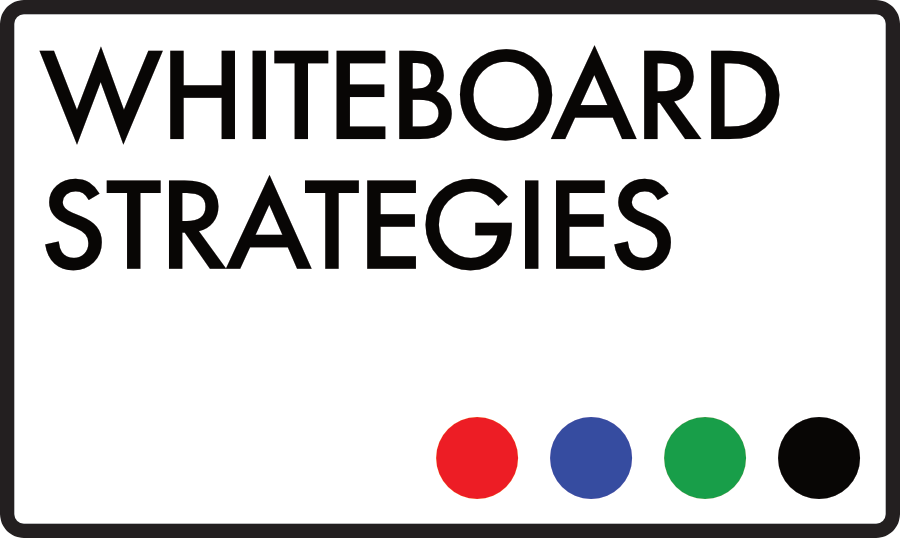Big data came and went for lots of B2B salespeople and marketers. The reality didn’t live up to the hype, and big data fell off the Gartner hype curve in 2015. Now most sales and marketing pros’ use of data on a day-to-day basis ranges from feeding numbers into a CRM to looking over some Google analytics.
Why?
Partly because big data’s ‘bigness’ makes it impossible to understand, analyse or use for most people. It’s a swirling, bottomless ocean of information – which sounds impressive, but is useless to anyone except trained data scientists.
People simply aren’t wired to process that volume of information. Even with a dashboard that could navigate the data silos your organisation has created, pull the information you needed out of those bottomless cloud-vats of number soup and display it clearly, your people wouldn’t know where to start unpicking it.
So instead of the immediate power of presenting concise, salient data visually, you have the opposite – a massive disconnect between data and end user, a gulf of understanding that needs plugging with data scientists. And that takes time – which impacts responsiveness, speed to market and scalability. The one potentially game-changing benefit of big data is the idea of granular, to-the-minute data that could be used to live-tweak marketing and sales approaches in the field. That just isn’t a possibility for most organisations.
So… Does big business need smaller data? A more discerning approach to data, and a better way of socializing and sharing its insights?
Want more free insight direct to your inbox every month? Use the newsletter sign up form in the footer of this page.
Don’t forget to follow Whiteboard Strategies on LinkedIn to talk socializing and sharing, whiteboarding, visual comms and more.
– Tom @WSL

Recent Comments